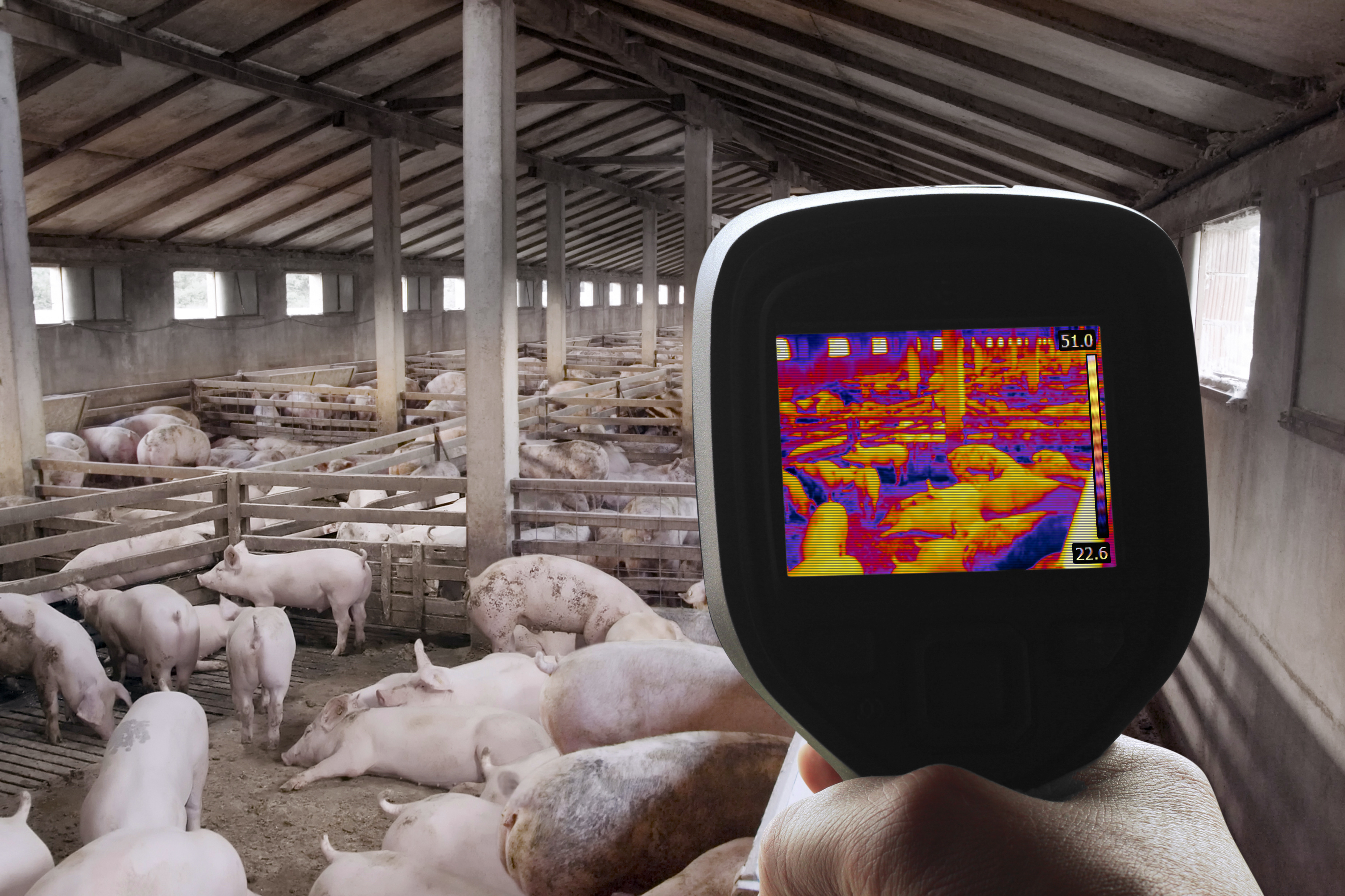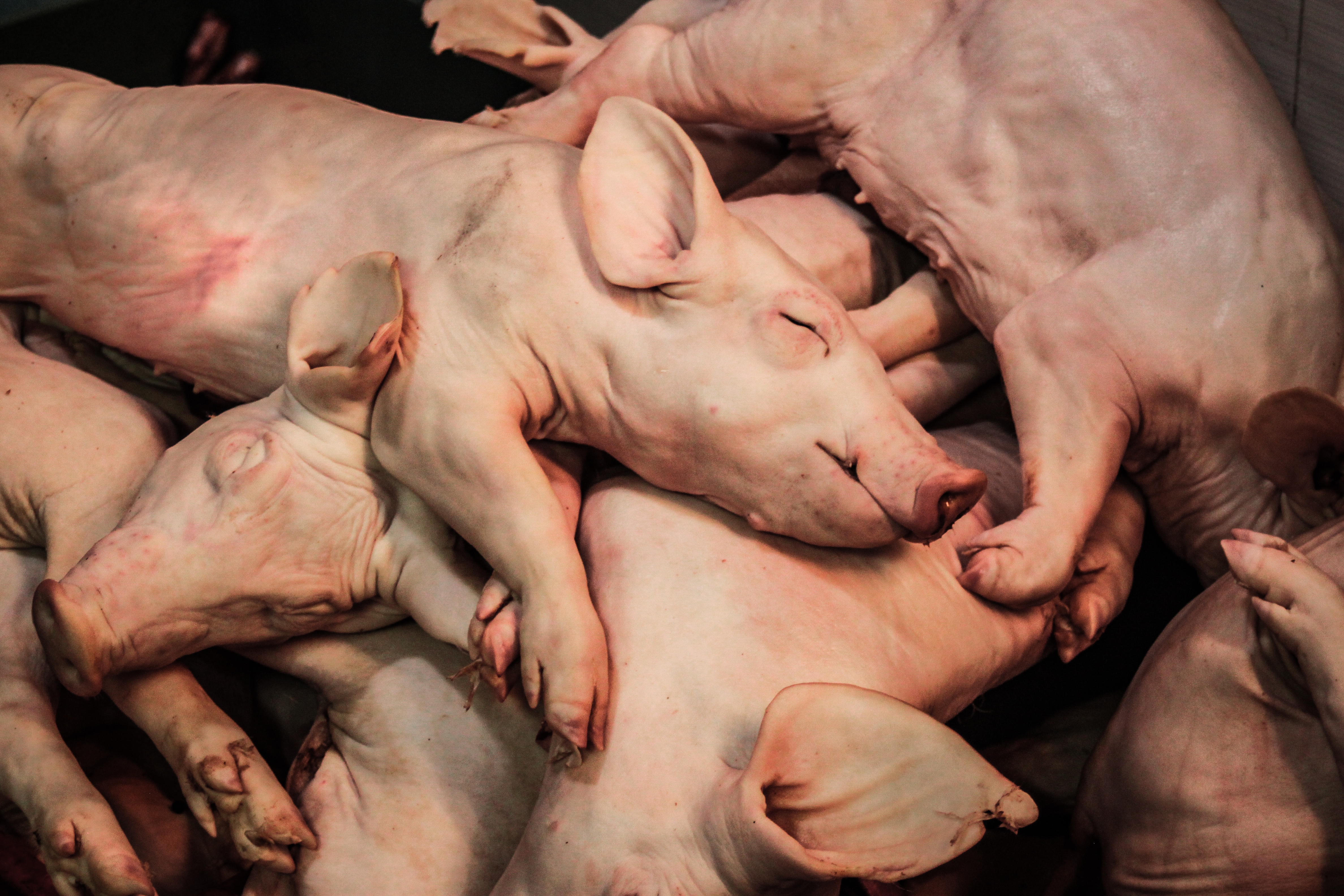



Pig outlook: Bull market in lean hog futures still has legs
US meat industry moves to curb COVID-19 infections among workers, and ASF makes a comeback in China and Malaysia.The pig traders’ perspective
The hog market bulls this week showed resilience and bounced back strongly after nearby lean hog futures contracts sustained heavy losses Tuesday.
Prices rebounded strongly on reports African swine fever (ASF) has been detected in piglets being illegally transported through China’s Yunnan province, according to ag ministry. This comes at a time when concerns about another wave of the virus, perhaps in a mutated form that is less deadly but also harder to detect, are on the rise.

© Jim Wyckoff
The big US hog slaughter levels suggest strong demand for US pork both at home and abroad and should continue to limit selling interest in futures.
The next week’s likely high-low price trading ranges
April lean hog futures--$85.12 to $90.675, and with a sideways-higher bias
May soybean meal futures--$413.40 to $434.00, and with a sideways bias
May corn futures--$5.23 1/4 to $5.54 1/4, and a sideways bias
Latest US Department of Agriculture (USDA) reports, and other news
Solid weekly US pork export sales
USDA Thursday morning reported US pork net sales of 59,600 metric tonnes (MT) for 2021 that were up noticeably from the previous week and up 68% from the prior 4-week average.
Increases were primarily for China (28,000 MT, including decreases of 1,300 MT), Mexico (14,500 MT, including decreases of 1,100 MT), Japan (4,600 MT, including decreases 400 MT), Canada (2,700 MT, including decreases of 400 MT), and South Korea (2,200 MT, including decreases of 1,800 MT).
Exports of 40,000 MT were up 13% from the previous week and 6% from the prior 4- week average. The destinations were primarily to China (13,400 MT), Mexico (9,100 MT), Japan (4,600 MT), South Korea (2,500 MT), and Canada (2,100 MT).
US meatpacking industry taking steps to control COVID-19 infections
US meatpacking industry officials have noted that plants now do temperature checks, carry out social distancing where possible, provide masks and have erected plastic sheets along processing lines to reduce COVID-19 transmission.
“After spending an estimated $1.5 billion on comprehensive mitigation and control measures, we see the success of the meat and poultry industry’s COVID-19 response when we look at the reduction in illness in meatpacking plants over time,” said Carmen Rottenberg, founder of the consulting firm Groundswell Strategy.
Rottenberg oversaw USDA’s Food Safety and Inspection Service until she left the department in March 2020. Rottenberg cited statistics by the non-profit Food and Environment Reporting Network. As of 21 February, the non-profit reported that infection rates are down 95% from the peak in May 2020 and that COVID-19 case rates in the general population are more than four times higher than among meatpacking and poultry workers.
The emphasis should now be on making it a priority for plant workers to receive COVID-19 vaccinations, industry officials believe. Rottenberg said the federal government should back the industry “by ensuring immediate vaccinations for these front-line workers who show up every single day so we can eat.”
USDA proposes requiring Internet access at US meat, poultry plants
USDA’s Food Safety and Inspection Service (FSIS) is proposing to require official meat and poultry establishments, egg products plants, and businesses receiving voluntary inspection services from the agency “have an internet connection to provide FSIS access to it for the purposes of conducting and recording inspection verification activities.”

FSIS said they view Internet as a necessary service like utilities, lighting, heating and laundry services that should be provide. However, FSIS is not proposing to require those without Internet access to purchase it or upgrade their service if it is not adequate for FSIS to use.
Pork industry news from Asia
ASF reported in illegally transported piglets in China
African swine fever (ASF) has been detected in piglets being illegally transported through China’s Yunnan province, the country’s ag ministry reported.
Six of the 36 piglets involved had died and another six were sick. This comes at a time when concern about another wave of the virus, perhaps in a mutated form that is less deadly but also harder to detect, are on the rise.
Analysts cited by Reuters have estimated that around a fifth of northern China’s breeding herd was affected over the winter. Average piglet prices are up 11% from year-ago.

African swine fever in Malaysia
Malaysia plans to cull 3,000 wild and domestic pigs due to an outbreak of African swine fever in wild boar and backyard pigs on Borneo island. The mid-February discovery of the outbreaks marks the country’s first cases of the disease, according to the World Organisation for Animal Health.
So far, just 22 pigs have been culled.
Global food prices reach the highest level since July 2014
Global food prices climbed for the ninth month in a row during February, with the Food and Agriculture Organisation of the United Nations (FAO) food price index rising 2.4% from January.
The index now stands at 116 points, the highest since July 2014.
“The February increase was led by strong gains in the sugar and vegetable oils sub-indices, while those of cereals, dairy and meat also rose but by a lesser extent,” FAO reports.
Read Jim Wyckoff's latest updates on the global beef and dairy industries on The Cattle Site and see his analysis the European poultry industry on The Poultry Site.


